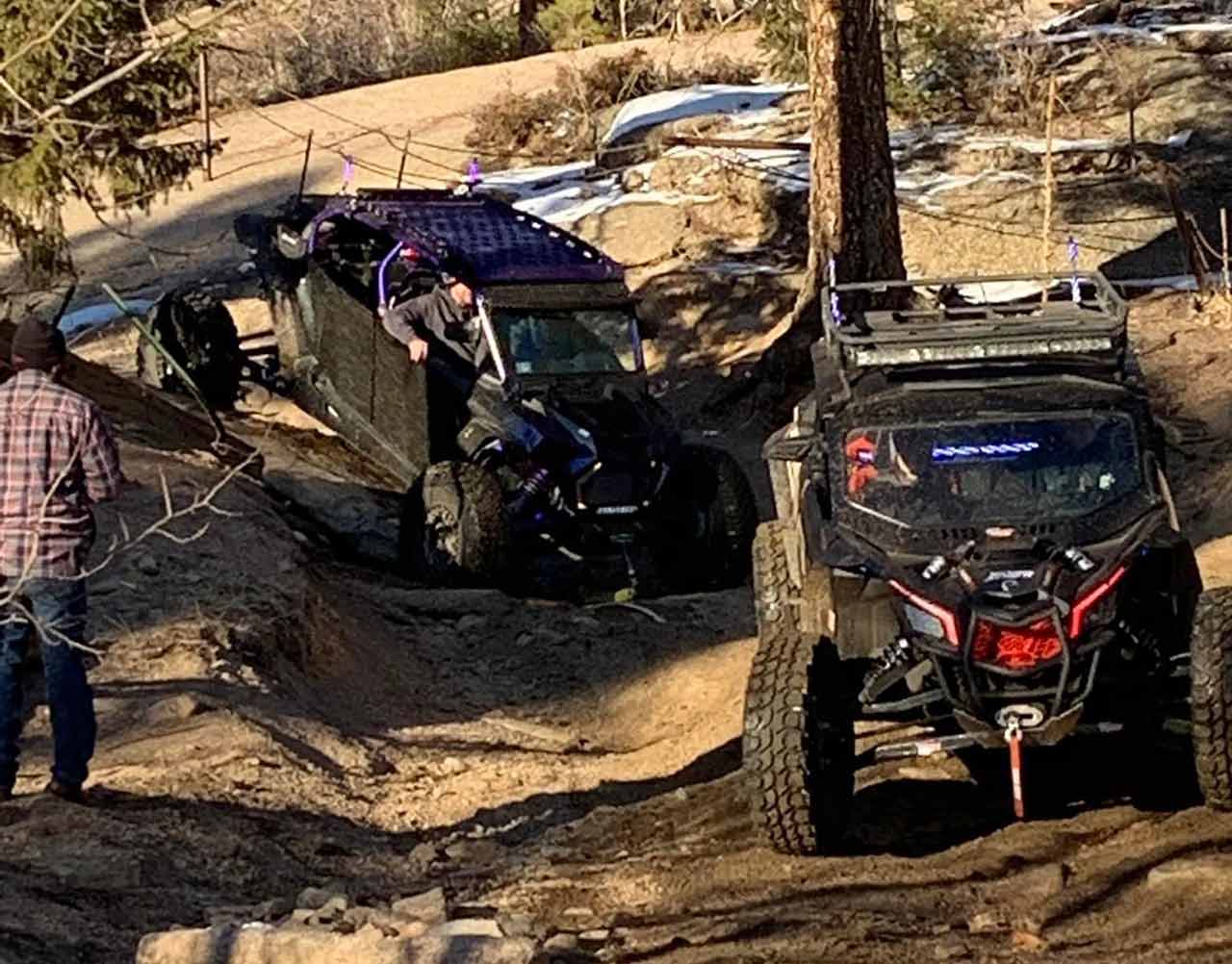Whether you’re navigating rugged trails or tackling rocky inclines, employing a spotter can radically improve your safety and success. Proper spotting helps UTV owners overcome tricky terrain without costly damage or accidents. By focusing on effective communication, precise guidance, and step-by-step planning, you’ll ride with greater confidence and enjoyment.

Understanding UTV Spotting: What You Need to Know
Using a spotter is essential for off-road situations where drivers cannot see the full extent of an obstacle. A spotter offers additional eyes on the trail, guiding the driver around rocks, ruts, steep slopes, or other hazards. This technique is vital for preventing rollovers and preserving your machine.
Improve Your Ride with UTV Spotting
Below are a few key aspects of using a spotter effectively:
- Unclear Hand Signals: When spotters and drivers haven’t agreed on universal signals, confusion arises. Clear, consistent gestures are essential for accurate communication.
- Poor Line of Sight: If your spotter stands in a hidden or unsafe position, they can’t properly see your UTV’s wheels or the upcoming terrain. They need to place themselves where they have the best possible view of the course.
- Lack of Trust: Mutual trust is vital. The driver must trust the spotter’s guidance to maneuver carefully, and the spotter must trust the driver to heed direction without second-guessing every move.
Key Techniques for Effective UTV Spotting
A structured approach helps you spot effectively and drive with confidence. Below are some proven techniques:
- Establish Clear Signals – Before attempting any difficult obstacle, agree on a set of hand signals or verbal cues. This eliminates guesswork, helping both spotter and driver react quickly.
- Choose the Right Spotter Position – The spotter should stand at a safe distance where they can see the UTV’s wheels and the terrain ahead. This vantage point ensures the driver has the best guidance for steering around hazards.
- Use Slow and Controlled Movements – Both driver and spotter must prioritize safety. Encourage a measured pace, so the spotter’s signals have time to register and the driver can adjust accordingly.
- Provide Immediate Feedback – Clear, timely communication helps correct minor errors before they become major problems. If the driver is veering off track, the spotter should signal a correction right away.
Putting it into Practice: Steps for Effective UTV Spotting
Learning and practicing these techniques builds rider confidence, improves safety, and makes off-roading more fun. Try the following step-by-step approach:
- Practice Basic Hand Signals – Start with simple gestures for “stop,” “left,” “right,” and “go slow.” Ensure everyone understands them completely.
- Rehearse in Controlled Settings – Choose a familiar or less-challenging trail. Practice spotting and following signals in a low-pressure environment to build trust and reflexes.
- Gradually Tackle Harder Obstacles – Once you’re comfortable, move on to moderate slopes or rockier terrain. This progressive approach helps avoid overwhelming either the driver or spotter.
Best Practices for Effective UTV Spotting
Here are a few preventative tips to keep in mind:
- Plan Your Route: Assess the terrain ahead of time to identify potential obstacles. This reduces surprises and helps the spotter anticipate tricky sections.
- Stay Alert: Both spotter and driver should remain focused on the trail and each other’s signals. Frequent scanning of the surroundings helps detect sudden obstacles.
- Use Proper Safety Gear: Helmets, gloves, boots, and other protective gear can minimize injuries. Especially for the spotter, secure footing and good visibility are paramount.
Seeking Further Improvement and Expert Guidance
Sometimes obstacles are too complex, or the terrain is extreme enough to warrant professional intervention. If you’re consistently facing challenges despite your best efforts, it might be time to seek help:
UTV Spotter Professional Guidance
Professional courses or riding schools can refine your skills with personalized feedback, teaching you advanced spotting and riding techniques. Meanwhile, practice remains key: keep building your experience and comfort level by regularly heading out and applying what you’ve learned.
Main Points to Remember
Overall, using a spotter effectively offers tremendous benefits:
- Improved driver confidence and reduced risk of damage or rollover.
- Precise guidance around obstacles, thanks to clear, consistent communication.
- A gradual learning approach that increases skills and adventure possibilities.
By practicing these techniques, you’ll quickly realize how pivotal a well-coordinated spotter can be. Embrace clear communication, trust, and step-by-step progress to tackle difficult obstacles safely and elevate your UTV adventures.
